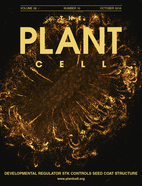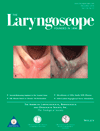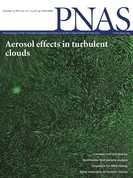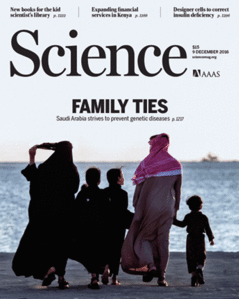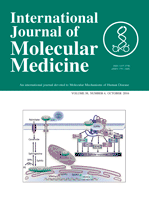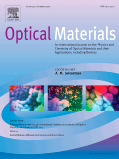 A physicist working for the Indian government has notched two retractions after being accused of multiple acts of self-plagiarism by his colleagues.
A physicist working for the Indian government has notched two retractions after being accused of multiple acts of self-plagiarism by his colleagues.
One retraction notice in Applied Surface Science says a duplicate of the paper was previously published by the same author — N. K. Sahoo, a researcher at the Bhabha Atomic Research Centre (BARC), which is part of the Indian government’s Department of Atomic Energy in Trombay, Mumbai. The other notice, which appears in Optical Materials, notes that the study “for the most part” has appeared in another paper by Sahoo.
Despite concerns about his work, Sahoo was promoted in May, according to the Mumbai Mirror. As a result, members of the Bhabha Atomic Research Officers’ Association wrote to BARC director K. N. Vyas asking for the institution to take action against Sahoo. A member of the group told the Mumbai Mirror in August: Continue reading Prominent physicist accused of repeated self-plagiarism logs 2 retractions
